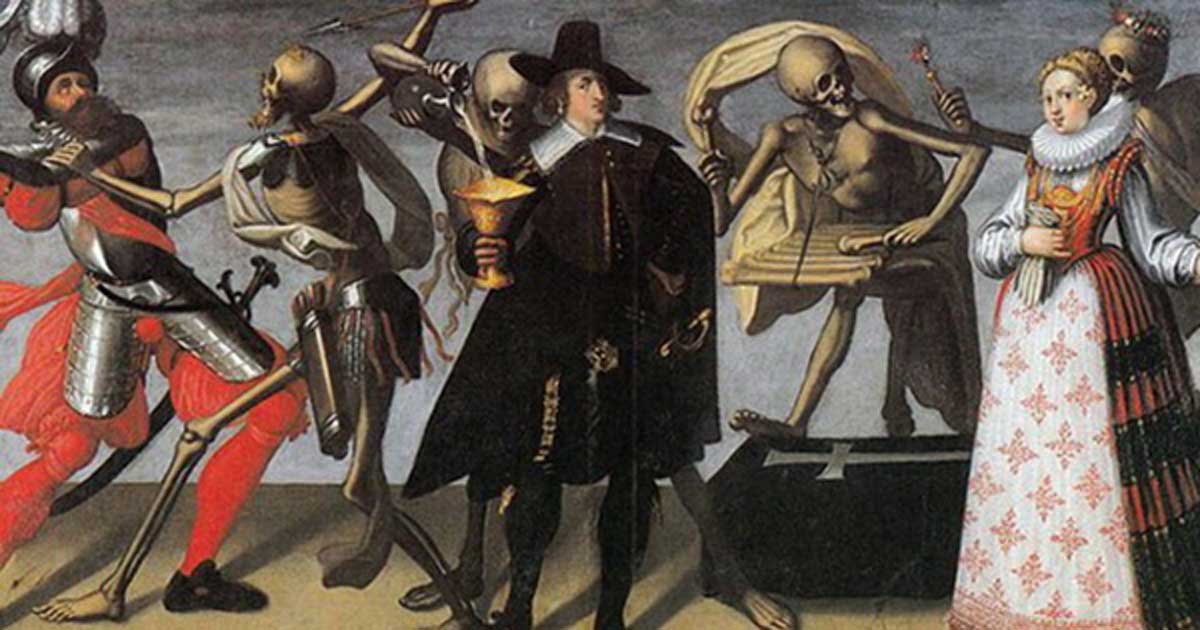
Dance of Death: The Medieval Danse Macabre
By Adedayo Ebenezer Oyetoke Published on: October 24th 2023 | 3 mins, 490 words Views: 562
In the heart of the tumultuous medieval era, a powerful artistic motif emerged, capturing the imagination and fears of the people living through a time of plague, war, and uncertainty. The "Danse Macabre," or the Dance of Death, was a hauntingly beautiful and poignant allegorical concept that served as a stark reminder of the universal fate of all humanity. In this blog, we'll delve into the history and significance of this captivating and thought-provoking medieval theme.
I. The Dark Ages: A Time of Turmoil
The medieval era was a period marked by widespread turmoil. Plagues, wars, and a general sense of unease defined daily life. In the 14th century, the Black Death ravaged Europe, leaving death and suffering in its wake. It was in this context that the Danse Macabre made its appearance.
II. A Universal Message
The essence of the Danse Macabre was simple yet profound: it depicted a procession of people from all walks of life, including kings, peasants, clergy, and even children, dancing hand in hand with skeletons. The message was clear – death knows no distinction, and it comes for all, regardless of one's social status or station in life.
III. The Art of Allegory
This concept was not limited to one medium. It was expressed through various forms of art, including paintings, murals, literature, and music. One of the most famous representations of the Dance of Death is the mural in the Holy Innocents' Cemetery in Paris, which vividly illustrates the interaction between the living and the deceased.
IV. The Role of the Macabre
The Danse Macabre served several important functions. First, it was a powerful memento mori, or a reminder of mortality, encouraging people to contemplate the impermanence of life and the inevitability of death. Second, it served as a commentary on the societal and political conditions of the time, critiquing the corruption and inequity within the church and ruling classes.
V. The Endurance of a Theme
The Danse Macabre wasn't a fleeting concept. It continued to evolve and resonate throughout the Renaissance and even into the modern era. It can be seen in the works of artists like Hans Holbein the Younger and in the famous musical compositions of Camille Saint-Saëns.
VI. A Timeless Message
The Danse Macabre, with its unsettling but poignant imagery, remains a timeless and universal reminder of our shared humanity and the fleeting nature of life. Even today, it invites us to reflect on the fragility of our existence and the importance of making the most of the time we have.
Conclusion:
The Dance of Death, or Danse Macabre, emerged from the darkest days of the medieval era to deliver a powerful message that endures through the ages. In a time of upheaval and uncertainty, it challenged people to confront their mortality and question the status quo. This haunting, thought-provoking theme continues to be a testament to the enduring power of art and its ability to speak to the human condition across centuries and cultures.